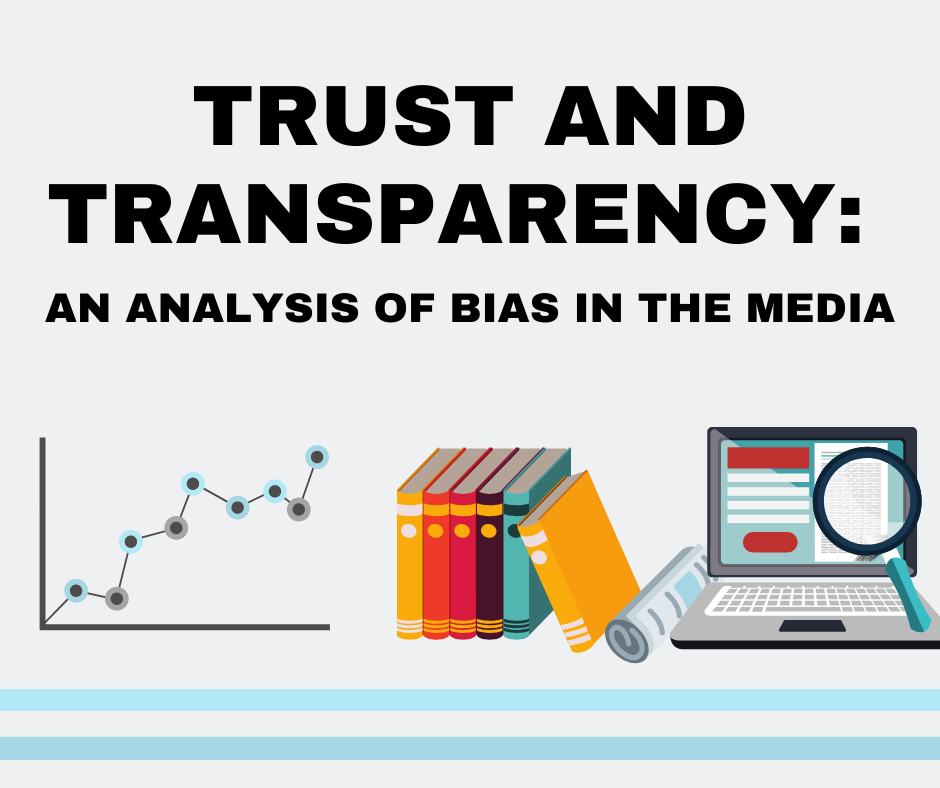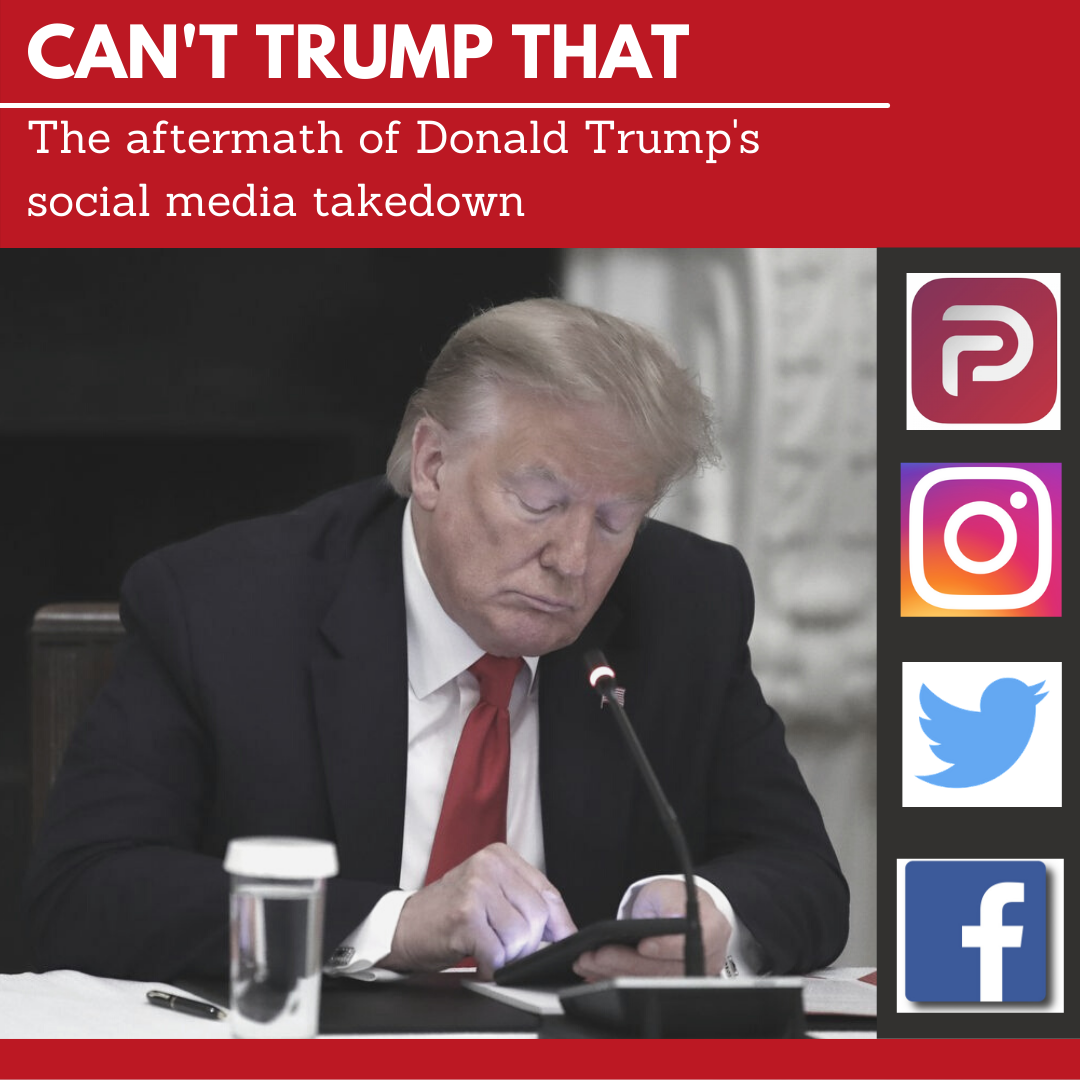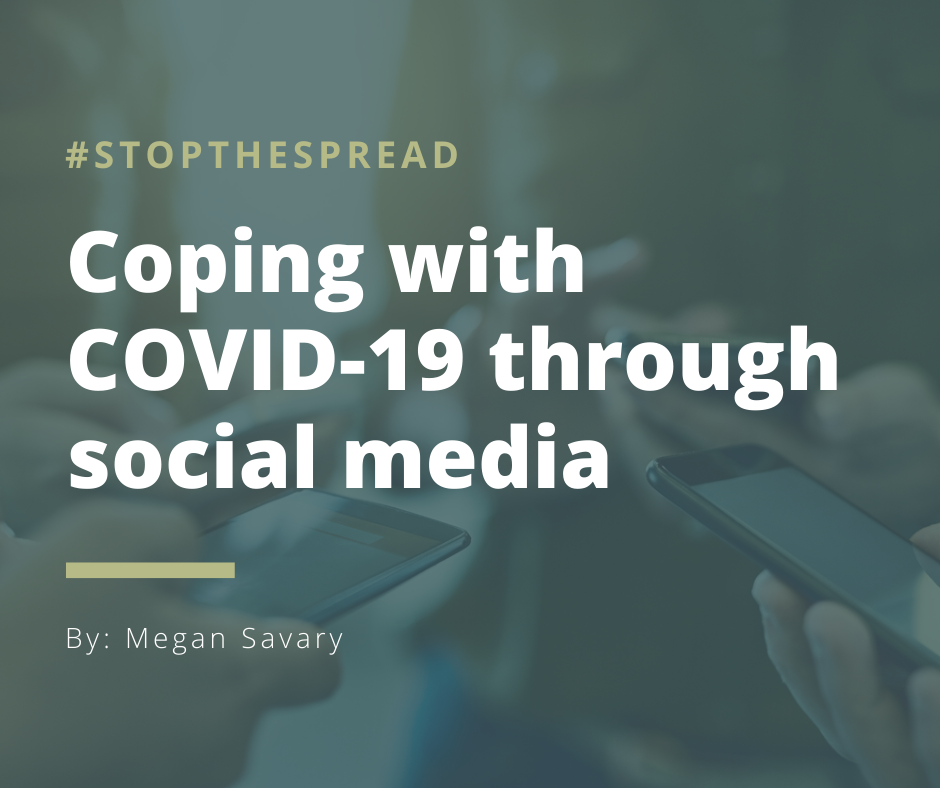Media surrounds us in all aspects of daily life, influencing us to think and act in particular ways. As consumers, we must stop and take a moment to consider whether the media we observe contains biases. According to Dictionary.com, bias is defined as “a particular tendency, trend, inclination, feeling, or opinion, especially one that is preconceived or without reason.” In the past, journalists and news content providers, such as The New York Times or The Wall Street Journal, were generally assumed to be impartial sources of information. However, in an era of mass media and political discourse, it is slowly becoming obvious that media bias is here to stay.

A decline of trust
In 2019, an online poll conducted by American analytics company Gallup indicated that only 13 per cent of Americans trust media “a great deal,” while 28 per cent trust the media “a fair amount.” This distrust is in part due to the skewed nature of journalism, with most mainstream news sources tending to lean politically left or right in their reporting styles.
Timothy Carney, a senior political columnist at The Washington Examiner, believes that bias reduces the quality of journalism and encourages distrust among viewers. Many media outlets today are being exposed for suppressing facts, misrepresenting information, and showcasing one-sided views in an attempt to influence people’s ideas. As a result of this confusing media culture, people are unknowingly using biased articles to validate their arguments, messages, and ideals.
The lack of news media coverage that former Democratic presidential candidate Andrew Yang experienced from networks, such as MSNBC, is an example of political bias in news. Yang, an Asian-American politician, was repeatedly excluded from MSNBC news coverage regarding the 2020 Democratic presidential primary elections. This exclusion sparked the #YangMediaBlackout hashtag on Twitter, raising awareness about the unfair discrimination against Andrew Yang.
News media outlets are not always as impartial as they claim to be. It is often left to the public to expose the truths of a situation and come up with their own opinions on an issue.

What can be done?
“Paradoxically, rebuilding trust requires embracing bias. Not embracing untruthfulness, but admitting your politics so that both writer and audience can be critical” – Nathan Robinson
Nathan Robinson, an editor of Current Affairs as well as a Guardian US columnist, believes that the key to rebuilding trust with an audience is transparency. Disclosing political affinity, encouraging an open dialogue with audiences, and being open to criticism are a few things that journalists can do in an era of media unrest.
When writing for the public, it is essential to understand how one’s personal experiences and biases may come across to the viewer. Having journalistic integrity is a valuable asset that all communicators should have, regardless of the industry in which they work. Writers should continually strive to be honest and provide accurate information to the public that they serve.
Anna Keddy, BPR Student





